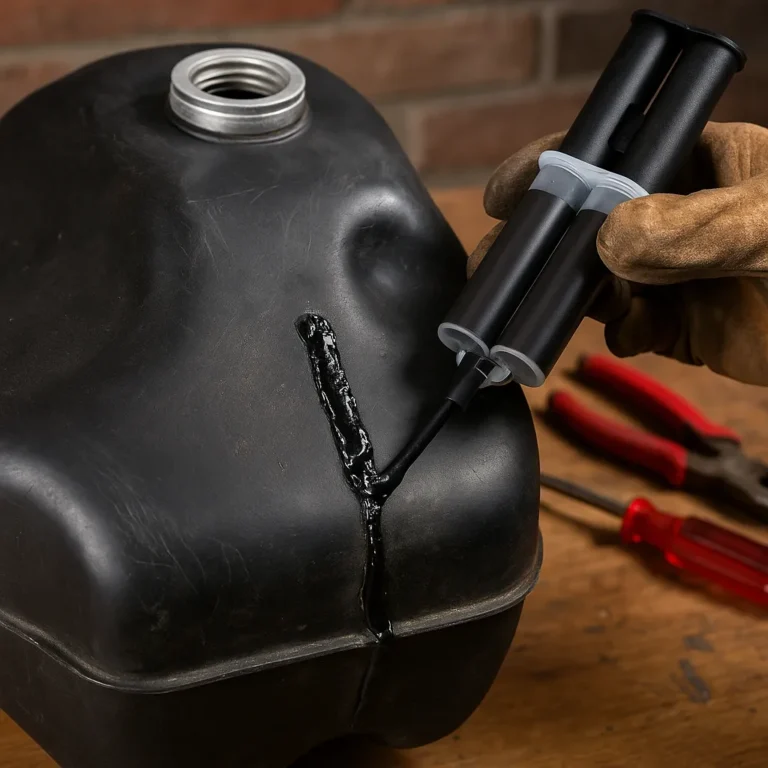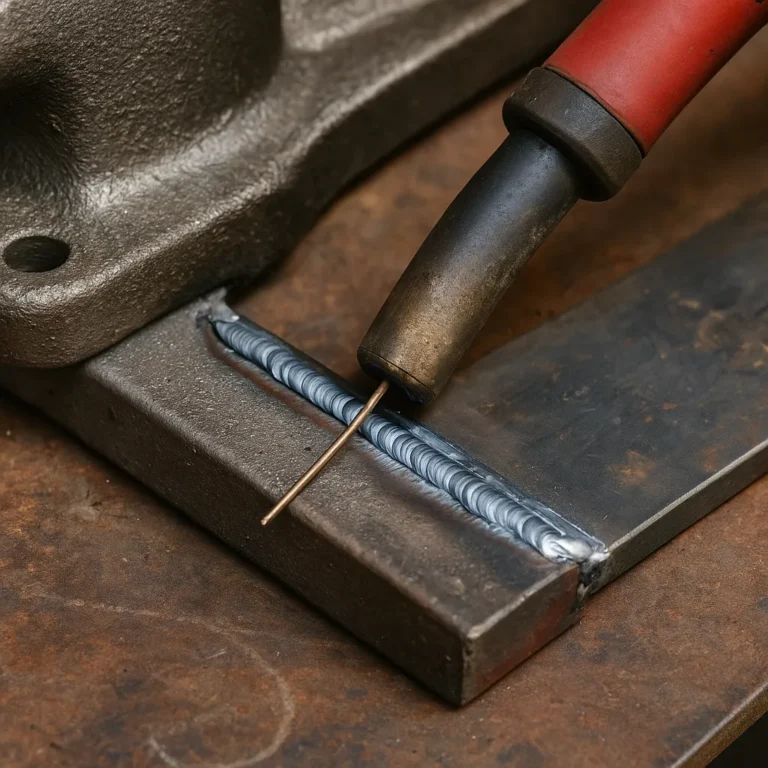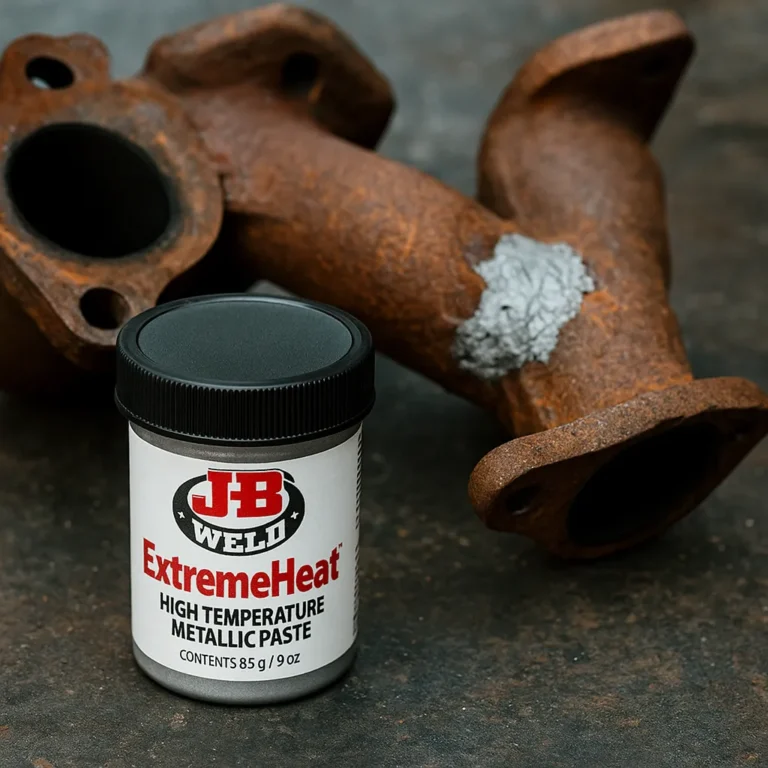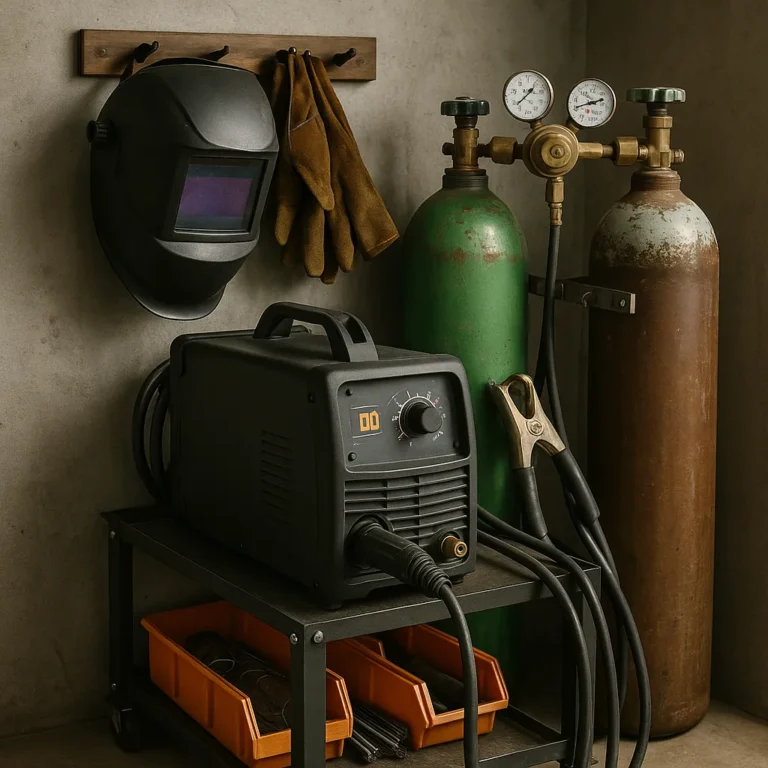Understanding Metal Fatigue in Welding and How to Prevent It

Disclosure: This post contains affiliate links. As an Amazon Associate, I earn from qualifying purchases—at no extra cost to you.
Metal fatigue is one of the most common but often overlooked problems in welding. It occurs when a material undergoes repeated cycles of stress, eventually leading to microscopic cracks and eventual failure. In welded joints, especially those exposed to vibration or load-bearing conditions, fatigue can compromise structural integrity if not addressed during design, material selection, and fabrication.
What Is Metal Fatigue?
Metal fatigue is the progressive and localized structural damage that happens when a material is subjected to cyclic loading. Even if the stresses are below the material’s yield strength, repeated applications can lead to failure over time. In welding, this often shows up at the heat-affected zone (HAZ) or along the weld toe—areas where microstructural changes and residual stresses are most significant.
Why Welded Joints Are Susceptible
Welded joints are natural stress concentrators. The discontinuity introduced by a weld creates regions where stress accumulates, especially if the weld has sharp corners, notches, or undercuts. Poor weld quality, improper welding techniques, or mismatched filler materials can increase the risk of fatigue failure. Also, any defects like porosity, inclusions, or micro-cracks act as starting points for fatigue cracks.
Factors That Contribute to Fatigue
Several key factors influence fatigue life in welded joints:
- Load Cycles: The number and type of repeated loads (bending, torsion, axial) determine the fatigue stress range.
- Weld Geometry: Sharp transitions or inconsistent weld profiles can create localized stress risers.
- Material Properties: Some alloys, especially those with higher toughness, can better resist crack initiation.
- Surface Finish: Rough or oxidized surfaces around the weld can increase crack nucleation.
- Post-Weld Treatments: Techniques such as peening or stress-relief heat treatments can significantly enhance fatigue life.
Best Practices to Minimize Metal Fatigue
To improve the longevity of welded structures and reduce fatigue failure risk, consider the following practices:
- Use smooth transitions and avoid abrupt changes in geometry near welds.
- Opt for full-penetration welds or double-sided joints where high fatigue strength is needed.
- Employ stress-relieving techniques post-welding to reduce residual stresses.
- Choose filler materials compatible with base metals and loading conditions.
- Apply nondestructive testing (NDT) methods like ultrasonic or magnetic particle inspection to catch early defects.
Conclusion
Metal fatigue in welding is a silent threat that can lead to catastrophic failures if ignored. By understanding its causes and taking proactive steps during the design and welding process, fabricators can significantly enhance the durability and safety of welded structures. Whether you’re working on bridges, pipelines, or automotive frames, fatigue management should be a top priority.






